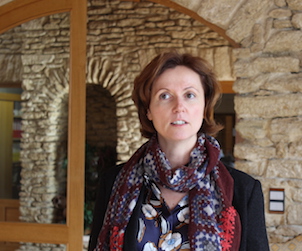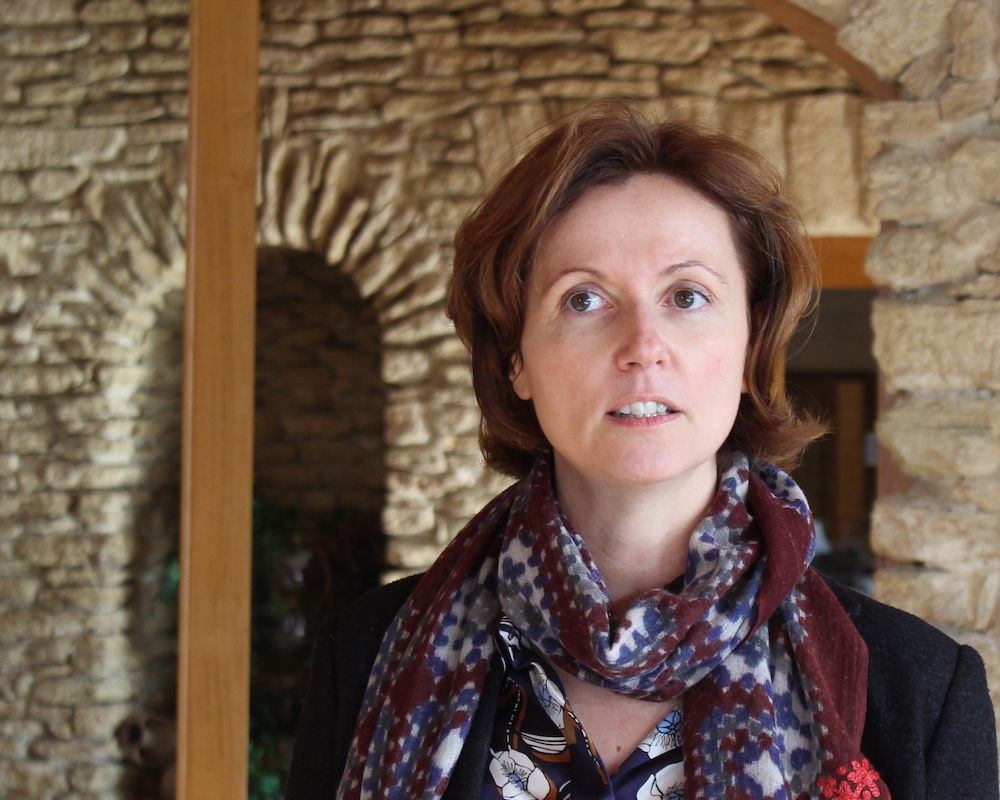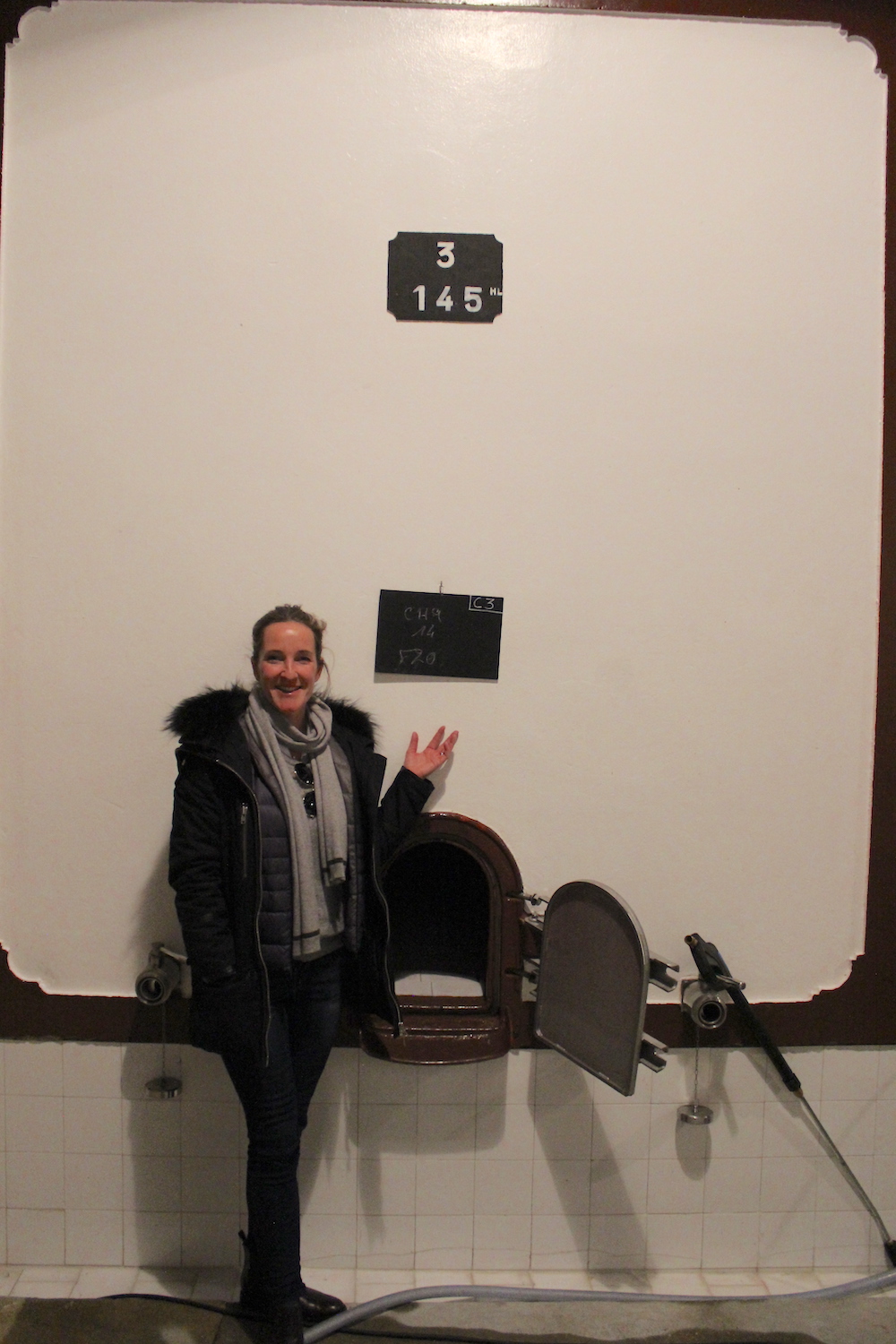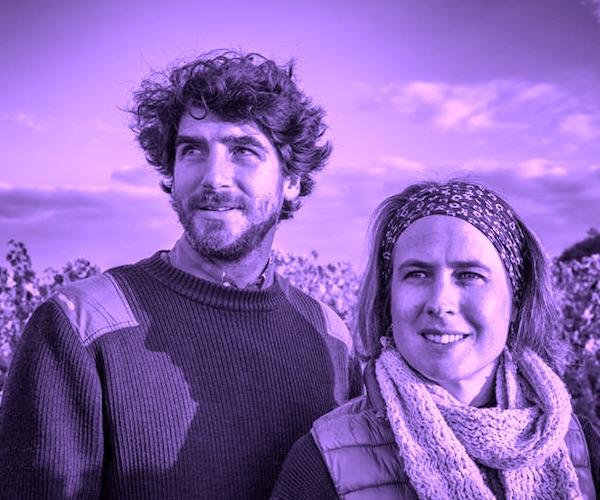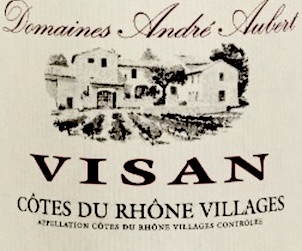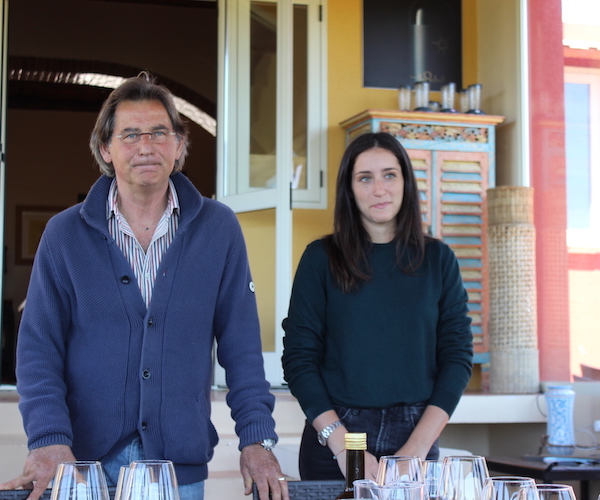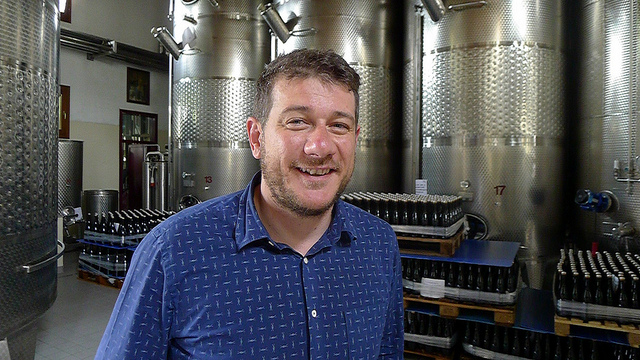Malcolm Jolley finds great people making great wines and eating amazing food in the storied region of Châteauneuf-du-Pape in Provence.
[This article is about the people and culture in Châteauneuf-du-Pape. Previously, I have posted posted on the whites wines of Châteauneuf-du-Pape here. And I have posted on what I the terroirs of C-d-P here and the red wines of the region here.]
In my wine-fueled imagination the great producing regions of the world, and especially Europe, float independently above and separate from the political entities in which they inhabit. They are their own things, that get their own shelves on wine stores, or their own columns on wine lists. If, as I suspect, this is also the case among many other winos, then the cause of this phenomenon must be the success of the appellation system, especially in France where it was invented. And super especially in Châteaneuf-du-Pape where, as I posted on here, where the first appellation d’origine contrôlée was organized. All of this was to say that it was a bit of a pleasant shock when I arrived recently to Châteauneuf to find it was a real place (in another real place called Provence) full of real people. Here are some of the interesting ones I met.
Michel Blanc and Béatrice Mialon
Michel and Béatrice made up the team that hosted me and a delegation of Canadian journalists on behalf of the Fédérations des Syndicates des Producteur de Châteauneuf-du-Pape where he is the Directeur and where her business card describes her as “Responsable promotion”. Their genius was to put us in front of Provençal culture, especially gastronomic (more on what I ate to come) as much as possible. While we did two technical blind tastings at the headquarters of the Fédérations, most of our time was either at wineries or sitting at a table with wine makers or experts. In fact they organized our trip around the truffle season (I posted on that here). Except for breakfast, I’m not sure I ate anything in and around Châteauneuf that didn’t have a bit of fresh truffle (“hunted” that day) in or on it. Obviously, their strategy was good for journalists’ morale: eating well around a table brimming with iconic wines is not a chore, I can assure you. But, I think it was also a very smart strategy to place the wines of Châteauneuf in their context as part of Mediterranean and Southern French cuisine.
Harry Karis
Harry Karis, whose internet presence is focused on his Facebook page, literally wrote the book on Châteauneuf-du-Pape: The Châteauneuf-du-Pape Wine Book. Was one of three experts we were given access to; I wrote previously about geologist Georges Truc in this post on terroir and sommelier Kelly McAuliffe in this post on white Châteauneuf wines. Harry is a Dutchman who fell in love C-d-P wines and has arrangeed his life to spend as much time there, hanging out with as many winemakers as he can. His book is exhaustive and obvious labour of love. What made him such good company at dinner at our gîte, L’Espace de l’Hers, and at the home of the winemaking Maillet family, was his enthusiasm and zealoutry of the convert. Châteauneuf-du-Pape wines are, he explained, hedonistic, opulent and the apex of pleausure for him. After a day of tasting and making serious notes and thinking of serious things to write about seriously well made wines, it was extremely helpful to be reminded of that basic truth: wine is supposed to be fun.
Véronique Maret
I made the mistake of telling Véronique Maret that I could speak French and then spent the rest of my visit with her vainly trying to keep up. I think even if my French was better, I would be trying to keep up. My guess is most people try to keep up with Véronique who is a ball of energy and very proud young winemaker in C-d-P. Véronique works with her sister and her father at Domaine de la Charbonnière, and she is passionate about the terroirs of Châteauneuf. She took me across the region to look at different parcels of her family’s land and in the cellar we carefully tasted barrel samples from distinct lots, and then some recent (2013-14) vintages of her family’s labels that were young but showed the complexity and promise that leads critics like Jancis Robinson and Robert Parker to say nice things about Charbonnière. What I remember the most about Véronique was the amazing story of how her father began to make wine for their own label. Her grandfather, she explained was happy to sell their grapes to the négociants because he loved to hunt. It was only the later generations who were willing to spend time in the cellar, rather than looking for partridge, that launched this label that is doing so well. Watch out for Véronique she is a natural leader and will take her house and the region forward.
Kirsty Manahan
Kirtsty Manahan is the daughter of English expats who migrated to Provence when she was small. Don’t let the accent fool you, she’s a native. She is in charge of guest relations, or hosting people, at Château de Beaucastel, where I had a very nice time over a private tour and tasting. I think it might be better to call Kirsty a curator at Beaucastel in the sense that it’s one of the most beautiful and gorgeously designed wineries I’ve seen and in the sense that her employer, the Perrin family, is so inextricably linked to the history and present and future of Châteauneuf-du-Pape and the wines of the Rhône Valley. Beaucastel is surrounded by its organic vineyards and the family home has expanded into a winery and cellar with sweeping woodwork and catacombs full of stores of old vintages. Speaking of which, Kirstin graciously poured some lovely older vintages: a 2007, a 2001 and a 1995. All three were very much alive, as one might expect from an iconic label whose recent vintages are priced well over $100. The tannins in the ’95 still had plenty of grip, and the fruit in the ’01 was rich and luscious. With Kirsty as my guide, I felt like I had a real window into the story of how Châteauneuf, with its stony soils and delicate Grenache grapes, became one of the world’s great wine regions. For all the talk of terroir, there was a lot of hard work involved. And for that, you need people as much as place.
 Malcolm Jolley is a founding editor of Good Food Revolution and Executive Director of Good Food Media, the company that publishes it. Follow him on Twitter or Facebook.
Malcolm Jolley is a founding editor of Good Food Revolution and Executive Director of Good Food Media, the company that publishes it. Follow him on Twitter or Facebook.

